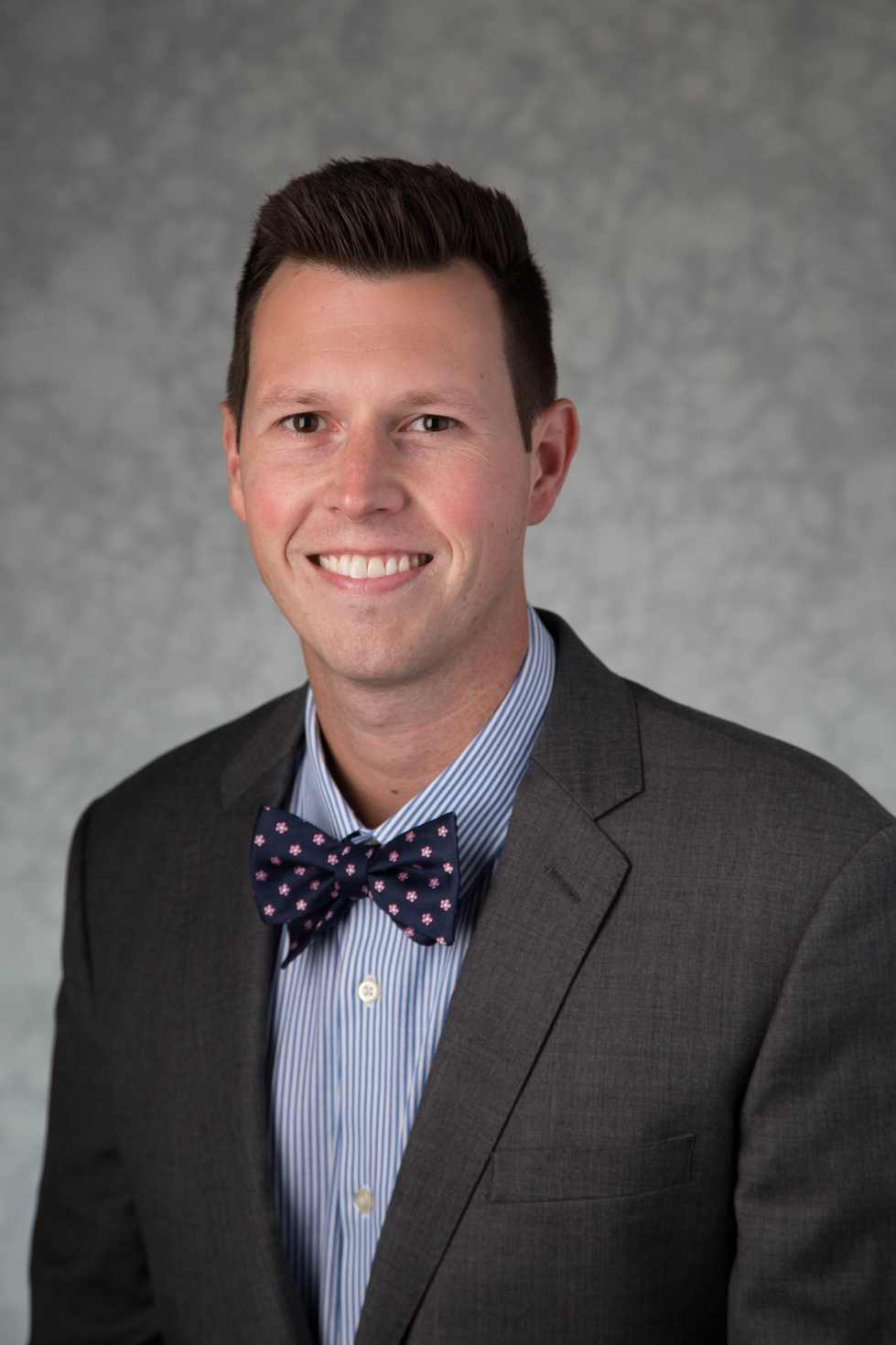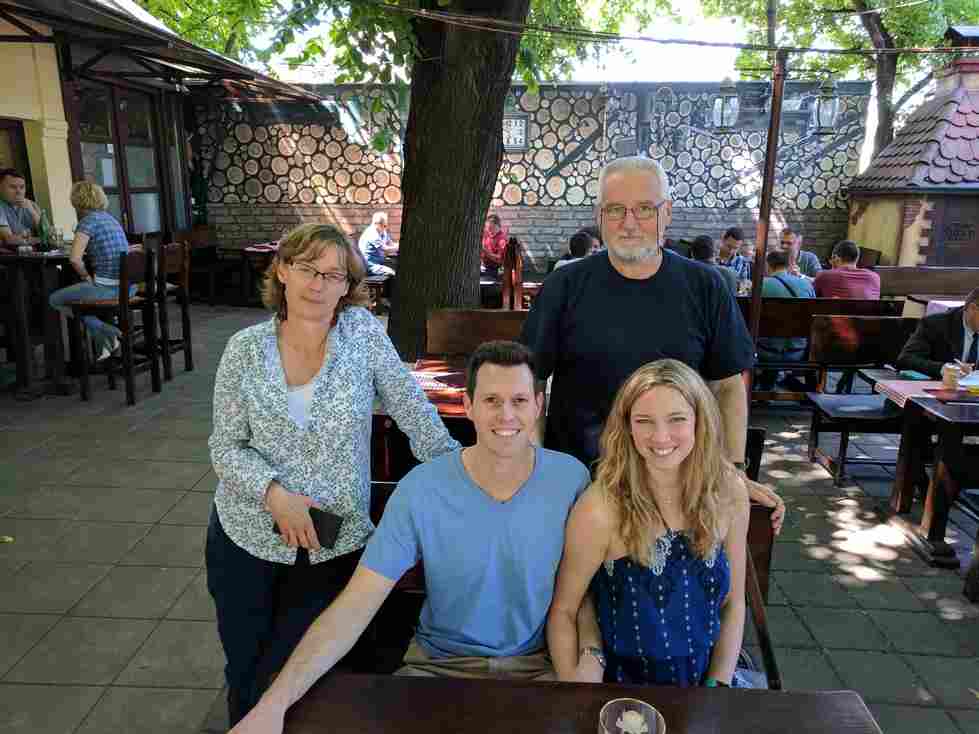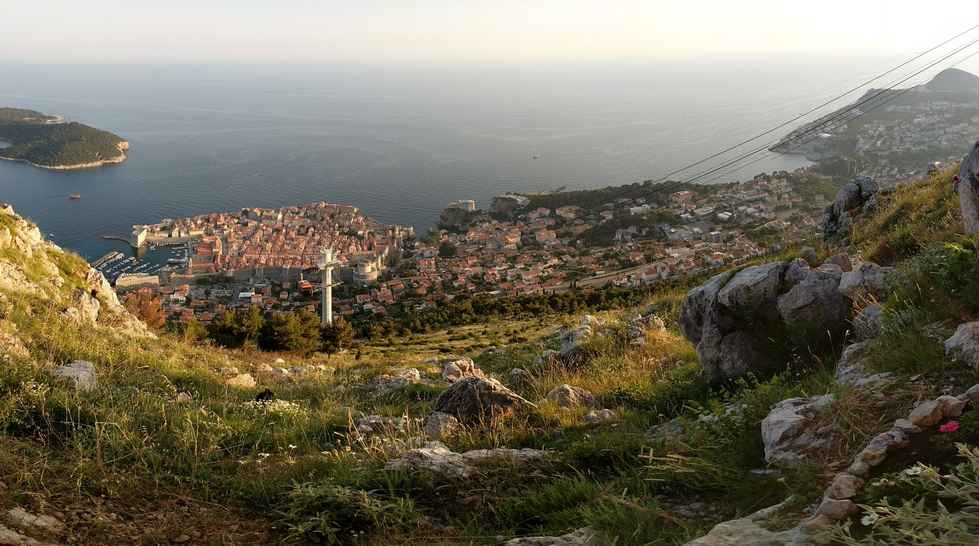Meet new faculty member Taylor Short

Taylor Short, one of two new faculty members in the mathematics department, began his undergraduate studies at the College of William and Mary with plans to attend medical school and become a doctor. After learning that mathematics students had the best chance to getting into med school, Taylor took a lot of math courses, which he always loved. After visiting a friend in medical school, however, he felt that it wasn't a good fit for him. This led him to seek out one of his math professors to talk about career options in mathematics and then switch his major to math.
After graduation, Taylor applied to the Department of Defense and eventually entered a year-long interview process for a position with the National Security Administration (NSA), one of the top employers of mathematicians. Though he did not come away with a job at the NSA, Taylor decided that a master's degree might give him a better chance if he were to apply again. That led him to enter the master's program at Virginia Commonwealth University where he found an exciting and vibrant environment with small class sizes and a close community of faculty and fellow graduate students. He was also excited to experience teaching for the first time and found that he really enjoyed working with students. After completing a thesis in graph theory, Taylor decided to continue that work in the Ph.D. program at the University of South Carolina, where he appreciated having the opportunity to focus on his teaching and his research.

Taylor, his fiancée, and his collaborator Tomislav Doslic and wife.
Taylor's scholarly interests are in discrete mathematics, which he enjoys because of the opportunities to connect mathematics with more applied disciplines, such as chemistry and biology. In one project, he is exploring the stability of chemical compounds, work that started in a collaboration with the Croatian mathematician Tomislav Doslic. As part of this work, Taylor secured a grant that allowed him to live in Croatia for a month and a half. Taylor describes this as an exciting experience as he felt part of a community there and that he got to know the culture well. After his work was complete, Taylor was joined by his fiancée, whose family has Croatian roots, and they vacationed on the beautiful Croatian coast.

The Croatian coast.
In addition to chemical graph theory, Taylor is interested in problems in phylogenetics, an area of biology that explores evolutionary connections between species. In particular, phylogeneticists study the structure of possible evolutionary family trees, a problem that readily lends itself to graph theoretic techniques. Taylor is currently exploring an opportunity to collaborate with a biologist on this work. Other projects he is working on involve automated conjecture making, which tasks a computer with creating conjectures that can then be mathematically verified, and some questions in network science.
Taylor was drawn to Grand Valley because he wanted to be in a department that values teaching excellence and that explores innovative approaches to teaching. During his time at Virginia Commonwealth, Taylor learned about active learning through his work with a terminal mathematics course and began to wonder why active learning wasn't used in more courses. Then at South Carolina, he learned about specifications-based grading and formed a desire to incorporate it more fully into his teaching. He says that he appreciates the environment at Grand Valley that encourages and supports these kinds of effective teaching strategies.
When he's not doing mathematics, Taylor is an avid basketball fan. Growing up, Taylor was very involved in both AAU and his school basketball teams, and at one point he had several offers to play basketball in college. Nowadays, Taylor enjoys playing pickup basketball in the campus rec center. Also, he and his fiancée are spending a lot of time making preparations for their June wedding.
We are happy to welcome Taylor to the mathematics department and appreciate him sharing his enthusiasm for teaching and research with our students and faculty.

